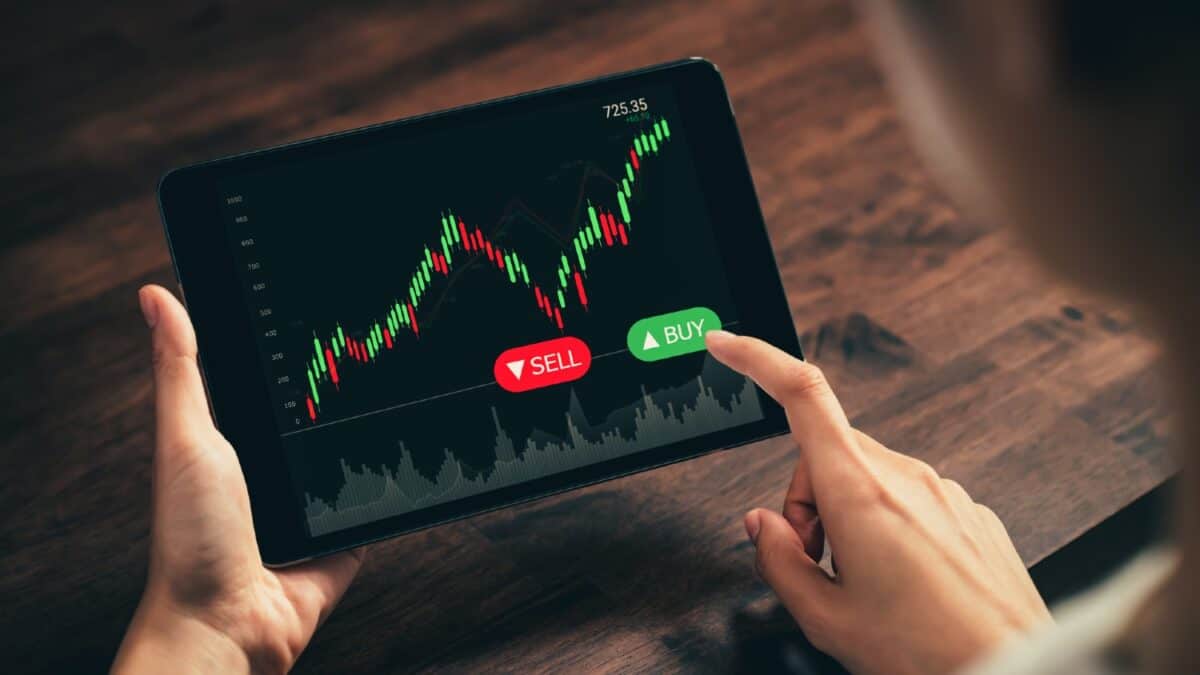Earlier this week, the International Monetary Fund (IMF) published a paper that caught my attention. The report argued that interest rates across developed economies are likely to return toward pre-pandemic levels. If this prediction turns out to be the case, then what could that mean for stock markets?
Erratic fiscal policy
The unprecedented rate hikes witnessed both in the UK and US last year took stock markets completely by surprise.
As the Federal Reserve and the Bank of England (BoE) began drawing out liquidity through quantitative tightening, many sectors were hit hard. Unsurprisingly, the main casualties were those particularly sensitive to rising interest rates, namely big tech and property (both residential and commercial)
As central bank controls tightened, cracks in the system have begun to emerge. What has been interesting though has been the response of policy makers to these emerging crises.
Firstly, the UK gilt market implosion last year forced the BoE to re-introduce liquidity into the bond market to avoid an existential threat to the entire pension industry. During the recent high-profile collapse of several banks in the US and Europe, the Fed stepped in expanding its balance sheet to the tune of $40bn.
Recession? What recession?
Despite all the doom and gloom during 2022, we have managed to avoid a recession. Inflation in the US has been falling for some time. In the UK, the BoE is predicting it will be 1% in 2025, and just 0.4% in 2026.
If this happens then the BoE will be forced to cut interest rates aggressively. In such an environment, the fear will then not be inflation, but deflation.
Falling interest rates would be good for share prices. As the cost of debt falls, companies that are valued on cash flows in the distant future would be re-rated higher. This would benefit beaten-down tech stocks.
Bonds would also stand to prosper in a falling interest rate environment. Indeed, the bond market has already begun pricing in such cuts. The yield on a 10-year gilt has fallen 1% in the last six months.
Falling cost of government debt would also mean that mortgages would become cheaper. This is likely to be a significant tailwind for housebuilder stocks that had a torrid 2022.
Is inflation dead?
Investors know there is no such thing as a one-way bet in the stock market. Indeed, in its report, the IMF cites two alternative assumptions that could result in a wholly different outcome.
First is the emerging trend of deglobalisation. The strain on supply chains as a result of the pandemic has meant many companies are actively onshoring manufacturing capability. If this becomes the norm, this will feed into higher prices.
Second, government support may be difficult to withdraw, increasing public debt. In the US, government debt is at a record $31trn. In a bid to stimulate the post-Covid economy, significant infrastructure spend, including investment in the green economy, could lead inflation expectations being re-rated higher.
What this report highlights to me is that as an investor I need to have a mix of assets and strategies to cater for both eventualities. My portfolio reflects these uncertainties. I have exposure to both tangible assets (including gold) for inflation protection, as well as a number of growth-related stocks.








